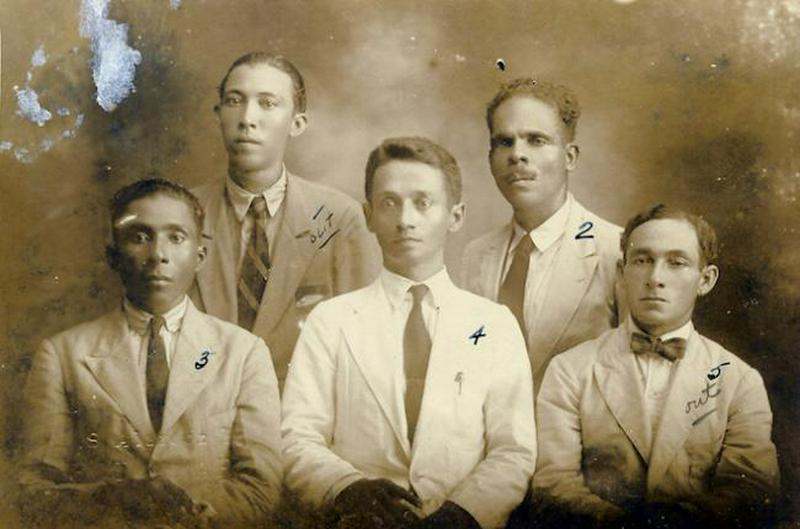The Banana Massacre
By | March 21, 2022

Bananas may seem as wholesome as plants come, but behind that happy yellow peel lies a sinister history full of corruption, oppression, and death. Bananas are originally from Eastern Asia but made their way to the Americas in the 1500s and grew most bountiful in what is today Central and South America. For several hundred years, all was peaceful in the world of bananas, but by the 1800s, a sudden fascination with the fruit swept across North America. The banana solidified itself as a U.S. curiosity when it stole the spotlight at the 1876 World's Fair in Philadelphia, which is pretty impressive, seeing as Alexander Graham Bell was also there showing off the world's first telephone.
By the end of the century, the banana business was booming and competition was fierce, so its heaviest hitters decided to band together to form the all-powerful United Fruit Company. This corporate behemoth quickly took over Central America, going so far as to build their own naval fleet called the Great White Fleet. They scooped up most of the farming land and, unsurprisingly for a company with so much power and so little regulation, took every opportunity to cut costs and control the supply chain, leaving their workers in the lurch. They worked around the clock, lived in poor conditions, and weren't even paid in actual money, giving them little opportunity to explore other options.

Eventually, workers in Colombia joined together to demand better conditions like workers' compensation for onsite accidents, six-day work weeks, and actual wages instead of commissary coupons. On November 12, 1928, the United Fruit Company convinced the Colombian government to send in troops to break the strike on the grounds that an organized workforce was akin to Communism, and after weeks of tension, the army opened machine gun fire on the striking crowd in the town square of Cienaga on December 6. It is not known how many died in what came to be known as the Banana Massacre, but historians estimate as many as 47 in the shootout and up to 2,000 in the aftermath, when the government and company spent weeks cracking down on dissidents.

Over the course of the 20th century, corporations like the United Fruit Company conspired to take down many democratically elected Central and South American officials to install their own governments that would allow them to continue practicing business unhindered. Countries that became controlled by these U.S. companies, like Honduras, were known as banana republics, as their entire economy was dependent on a small number of highly controlled exports. Eventually, the United Fruit Company merged into Chiquita Brands, but that doesn't mean the controversy stopped there. As recently as March 2007, Chiquita Brands pleaded guilty to charges of funding known terrorist groups like the Defense Forces of Colombia.

